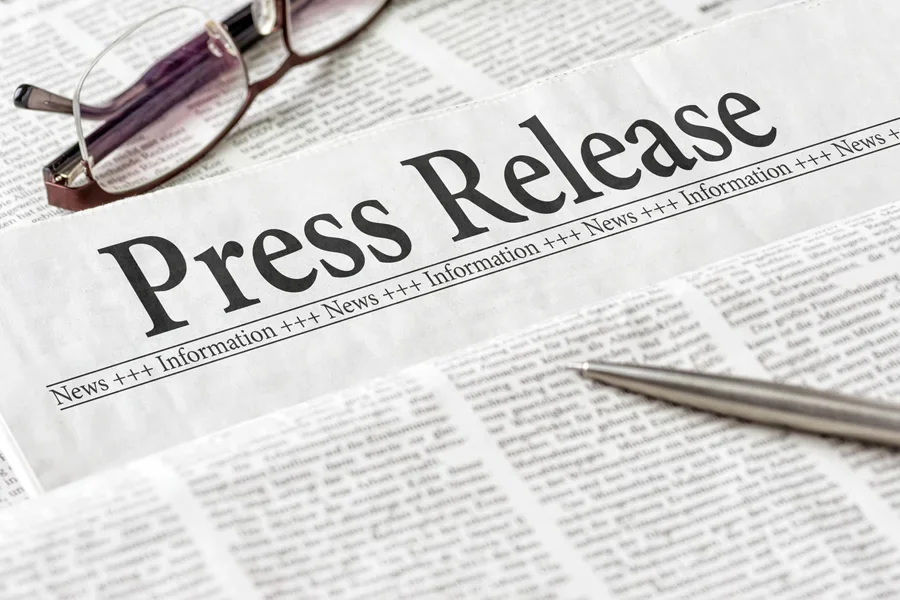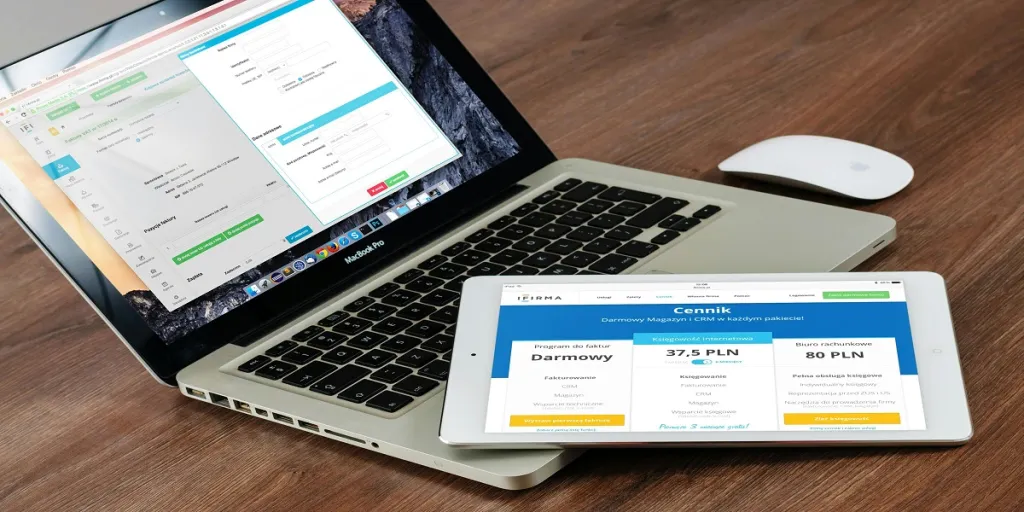Marketing strategies often include emails, social media, events, and traditional advertisements. But you may not know that a single press mention can take your efforts to a new level. One news story has the potential to send a wave of new consumers your way—even small businesses can get the push they’ve been looking for.
Not convinced yet? Check out this brand, Beardbrand. It started as a niche blog but quickly became a big name in men’s grooming after a mention in The New York Times. That’s the power of a well-planned press release.
So, how can you get some of that Beardbrand magic? Catching the attention of the local news is hard, let alone large publications like The New York Times. Don’t worry. You won’t have to wait for reporters to catch wind of your business—you can take it to them with a press release instead.
Keep reading to learn more about this proactive approach and discover how to write a piece that will attract the press’s attention.
Table of Contents
What is a press release? And why should you care about it?
What are the benefits of writing a press release?
Do press releases have a specific format?
How to write a press release in 7 easy steps
1. Find a newsworthy angle
2. Create a great headline
3. Use a subtitle to summarize your story
4. Add important information
5. Include your supporting information and context
6. Move into the reader’s next steps
7. End your press release with a boilerplate
3 press release examples you can learn from
Wrapping up
What is a press release? And why should you care about it?

If you have any updates about your business that may interest the media, a press release helps you share them. It’s a brief, informative document that gives reporters and editors everything they should know before covering or rejecting the story.
Interestingly, media outlets go about it differently. Some may publish the story straight from the press release, while others may reach out for an interview or feature you as an expert in a related story. Nevertheless, sending out press releases regularly is a great way to build your brand’s media presence, especially on relevant topics.
But remember, not every story is newsworthy. A press release saying, “Look at my business,” won’t get you anywhere. Instead, consider making one when:
- Launching a new product, service, or business.
- Working with a community organization, charity, or celebrity.
- Winning an award.
- Announcing an acquisition or merger.
- Hiring or promoting a new executive.
- Holding a huge contest or competition.
- Hosting an event.
- Rebranding your business.
What are the benefits of writing a press release?
Press releases don’t just catch the media’s attention. It offers many advantages that can give businesses a boost. Here are three of them:
- Cost-effective marketing: Don’t be afraid to include press releases in your marketing strategy. It doesn’t matter if you are a startup with a limited budget or a huge brand; it can help you attract potential customers online and even generate valuable backlinks to your website.
- Boosts traffic: Even if you don’t want to use it as a marketing strategy, you can use it to boost other methods, like content marketing. A press release service can easily push more traffic to your website, meaning better traffic and conversion chances.
- Control your narrative: Press releases allow you to focus on important stories, showcase your value, share your perspective, and address tricky situations or crises.
Do press releases have a specific format?

Yes. Most press releases typically follow a standard format to help editors and reporters quickly find the key details. While you’re not obligated to follow the format, using it improves your chances of getting media coverage. Here are seven key elements you’ll always find in a press release:
- Title and italicized subheadings to show the key information.
- Location (usually the business’s headquarters)
- Detailed information in two or three paragraphs.
- Facts in bullet points
- The business’s description (at the bottom).
- Contact information.
- “###” to show the end of the press release.
That’s not all. You must include one of two phrases in your press release to show the media when to publish the news. These include:
- “HOLD FOR RELEASE UNTIL [DATE]” to let the media know you don’t want the story public yet.
- “FOR IMMEDIATE RELEASE” to tell the publication to publish the story as soon as possible.
How to write a press release in 7 easy steps
1. Find a newsworthy angle

Don’t make the mistake of not considering the journalists’ audience. No media house will give a press release any attention if it’s irrelevant, even if it’s well-written and personalized. So, before you start writing, ensure your news is genuinely interesting and worth sharing with that audience.
2. Create a great headline
Craft a clear and compelling headline that shows the main benefit of your press release. The goal here is to show the media why your news matters. So, what makes a great headline?
For starters, it should be attention-grabbing but easy to understand. Professional writers often spend much time perfecting a headline—it’s that important. Even if you’re out of ideas, you can always check your favorite blogs and news sites for inspiration (learn from anyone who makes you want to click).
3. Use a subtitle to summarize your story

After crafting your attention-grabbing headline, the next thing is your subtitle. It should be a clear, concise sentence summarizing the press release. The subtitle also supports the headline and gives readers a preview of what to expect.
4. Add important information
Kick off this next section with your company’s city and state, followed by the date. The opening paragraph should answer the “who,” “what,” “when,” “where,” and “why” questions in an interesting way that hooks readers.
5. Include your supporting information and context

You’ve stated your announcement; now what? It’s time to back it up with testimonials, statistics, case study highlights, or research findings. The first paragraph should explain why your news is important and why reporters should cover it.
Then, support it with the body by adding depth with engaging details and quotes from company representatives. Remember to keep it informative and compelling instead of just listing facts or sounding overly self-promotional.
Note: Your press release should not be overloaded with information. It should give an overview and important details about your announcement.
6. Move into the reader’s next steps
Wrap up your press release with a summary of the key points. Also, include a call to action or a link to where readers can find more information.
7. End your press release with a boilerplate
It’s time to close your killer press release. The ending should be a clear and concise boilerplate explaining the company’s mission and highlighting its expertise in the industry. Remember to include contact information, as reporters may need to easily reach the right person for follow-ups.
Note: It’s common to include three ### symbols or “—30—” at the bottom to signal the end of your press release.
3 press release examples you can learn from
Check out the following successful press releases and see what they did right:
- Sunber Hair’s product launch announcement.
- ConvertKit’s creator economy report.
- SKIMS’ partnership with NBA and new product line announcement
Wrapping up
Although a press release doesn’t guarantee media coverage, it’s a powerful marketing tool for entrepreneurs. Consistently sending out press releases is a good strategy, as it can help build brand recognition with journalists, bloggers, and influencers.
Even if media outlets don’t publish your press release, they may need an expert in your industry to recall your company. So, don’t hesitate to share valuable, newsworthy updates; you’ll establish yourself as a trusted voice in your field.




